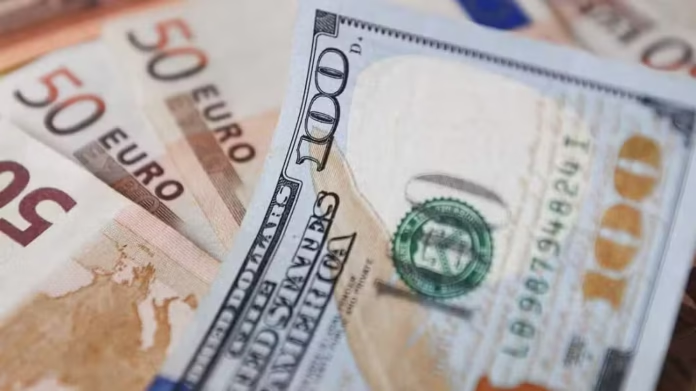The Pakistani Rupee (PKR) saw a slight recovery against the US Dollar (USD) on Thursday, breaking its two-day losing streak.
The local currency appreciated by Rs. 0.05 (0.02%), closing at Rs. 279.82 compared to the previous day’s closing rate of Rs. 279.87, according to the State Bank of Pakistan (SBP).
The minor gain follows a period of depreciation, with the PKR losing Rs. 0.10 against the USD in the previous session. While this appreciation is slight, it indicates short-term stabilization amid ongoing economic fluctuations.
Forex Market Overview – Major Currency Movements
The foreign exchange market witnessed significant movements in other major currencies as well:
1. US Dollar (USD to PKR)
- The PKR gained Rs. 0.05 against the USD, closing at Rs. 279.82.
- On Wednesday, the local currency had depreciated by Rs. 0.10, settling at Rs. 279.87.
- The minor appreciation suggests improved dollar inflows and possible interventions by the State Bank of Pakistan.
2. Euro (EUR to PKR)
- The Euro surged by Rs. 3.73, closing at Rs. 302.07 compared to Rs. 298.34 the previous day.
- The sharp increase reflects the strengthening of the Euro in global markets and increased demand locally.
3. British Pound (GBP to PKR)
- The GBP appreciated by Rs. 2.34, settling at Rs. 361.03 from Rs. 358.69.
- The increase signals strong performance by the UK economy and rising demand for the British Pound in forex markets.
4. Japanese Yen (JPY to PKR)
- The Japanese Yen gained 1 paisa, closing at Rs. 1.88.
- The movement in the Yen remains minimal, showing stable forex demand.
5. UAE Dirham (AED to PKR) & Saudi Riyal (SAR to PKR)
- Emirates Dirham (AED) fell by 2 paisa, closing at Rs. 76.18.
- Saudi Riyal (SAR) also dropped 2 paisa, settling at Rs. 74.59.
- The slight decline suggests balanced remittance inflows and stable exchange rates in Gulf currencies.
Factors Influencing PKR’s Performance
Several domestic and global factors have influenced Pakistan’s exchange rate in recent days:
Pakistan remains under an International Monetary Fund (IMF) program, which has played a major role in stabilizing the PKR.
Strict fiscal policies, subsidy removals, and Pakistani increased foreign exchange reserves have contributed to a more controlled exchange rate.
- The influx of remittances from overseas Pakistanis provides crucial support to the PKR.
- Pakistan’s trade deficit puts pressure on the PKR, as higher import payments increase dollar demand.
- The US dollar index and the Federal Reserve’s monetary policy impact emerging market currencies like the PKR.
- Any weakness in the USD can provide relief to the Pakistani rupee.




